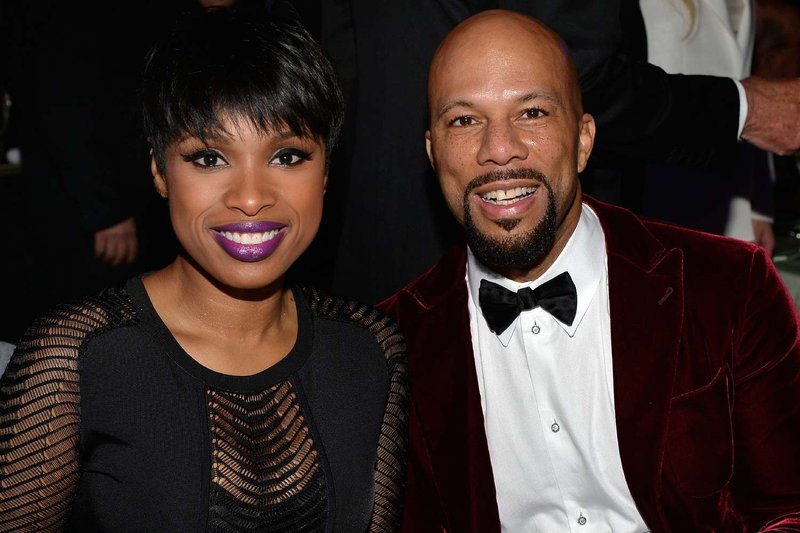
Understanding these myths can help us appreciate the ecological role of the Indian cobra and dispel fears that often arise from misinformation. After all, knowledge is power, right? So, grab a cup of your favorite brew, and let’s explore what’s fact and what’s fiction when it comes to these striking snakes.
Myth 1: Indian Cobras Are Highly Aggressive
One of the biggest misconceptions about Indian cobras is that they are notoriously aggressive. While it’s true that they can deliver a dangerous bite when threatened, labeling them as aggressive isn’t entirely fair. In nature, they’re more likely to avoid confrontation than seek it out.
Cobras, like many animals, have their own personalities. Some may be more defensive than others, but that doesn’t mean they’re eager to attack. When confronted by humans, an Indian cobra often resorts to the classic “hood display,” raising its head and expanding its neck. This behavior is more about trying to appear intimidating than actually wanting to engage in a fight.
Think about it this way: if you were a cobra and a giant creature (humans) came near, you’d probably want to make yourself look bigger and scarier too! The truth is, Indian cobras usually prefer to slither away than engage. So, if you encounter one in the wild, respect its space, and it will likely do the same.
Myth 2: All Cobras Can Hypnotize Their Prey
You might have heard that cobras, especially the Indian variety, can hypnotize their prey with their mesmerizing movements. While there’s nothing quite like the image of a snake charming a hapless victim, the reality is a bit different. Cobras don’t actually possess any magical powers of hypnosis.
What’s happening in those classic snake charming performances is more about movement and sound. The snake follows the swaying of a flute or a similar instrument, which can create a fascinating spectacle. The cobra’s ability to raise and expand its hood is designed to make it look threatening, not to sway its prey into a trance.
So, while it might be fun to imagine a snake that can hypnotize you, in reality, cobras rely on more practical instincts and behaviors when it comes to hunting.
Myth 3: Indian Cobras Are Always Venomous
It’s a common belief that all cobras are venomous, but let’s clarify that. Indian cobras are indeed venomous, but not every snake that looks like a cobra is equipped with deadly venom. There are many species that might resemble a cobra but lack the venomous bite.
The venom of the Indian cobra is quite potent and serves its purpose in hunting and self-defense. However, you shouldn’t let fear of venom cloud your understanding of these creatures. Cobras play a significant role in their ecosystems, controlling populations of pests and rodents.
Moreover, not all bites from venomous snakes lead to envenomation. Many bites are “dry bites,” meaning no venom is injected. Just like how all dogs bark but not every bark means danger, not every encounter with a cobra should be taken as a lethal threat.
Myth 4: Indian Cobras Are Found Only in India
You might assume that the name “Indian cobra” means these snakes are exclusive to India, but that’s not the whole story. While they are indeed prevalent in India, they can also be found in several other countries in South Asia.
This includes nations like Bangladesh, Nepal, and parts of Sri Lanka. Their habitat ranges from forests to agricultural areas, showcasing their adaptability. Just like you might find a favorite coffee shop not just in one city but in multiple places, Indian cobras inhabit a variety of regions, broadening their presence beyond India.
Understanding their range helps in conservation efforts and appreciating their ecological role across different environments.
Myth 5: Indian Cobras Are Dangerous to Humans
A lot of people believe that Indian cobras are a major threat to human safety. While it’s undeniable that their venom can cause significant harm, the reality is more nuanced. Cobras typically avoid humans, and most interactions happen out of fear or curiosity—on both sides.
In urban areas, where human expansion pushes into wildlife territories, the chances of encounters increase. However, fatalities from cobra bites are quite low compared to their populations. Most cobras will only bite if they feel truly threatened, which is a defensive rather than an aggressive behavior.
Understanding this can change our reaction to seeing a cobra in the wild. Instead of viewing them solely as dangerous creatures, we can appreciate that they’re often more scared of us than we are of them. Respect goes a long way—keeping a safe distance is the best way to appreciate all that these snakes have to offer.
Myth 6: They’re Easy to Tame or Domesticate
You might have seen videos of those brave enough to handle cobras, leading to the misconception that these snakes can be easily tamed or kept as pets. However, let’s be clear: cobras are wild animals and are not meant to be domesticated.
Handling an Indian cobra safely requires specific knowledge, training, and a deep understanding of snake behavior. Even the most experienced handlers know that handling a venomous snake is risky business.
So, while it might seem enticing to think you can have a cobra as a pet, the reality is that they thrive in their natural habitats. Instead of trying to tame them, we should focus on conservation and protecting their environments so they can continue to play their vital roles in the ecosystem.
The Indian cobra certainly has a reputation, but many of the myths that circulate about this snake can lead to misunderstanding and fear. By separating fact from fiction, we can appreciate these creatures for what they truly are—an essential part of our world’s biodiversity.
It’s crucial to approach discussions about wildlife with curiosity and respect. Remember, every creature, including the Indian cobra, has a role to play in the grand tapestry of life. Armed with knowledge, we can foster a healthier appreciation for these magnificent snakes and contribute to their conservation. So, the next time someone shares a myth about Indian cobras, you’ll be ready to provide some clarity!

